Rotary Getting Back to Business
In 1905 Paul Harris started regularly meeting with a number of business associates. This was probably the world’s first business networking group. An element of community service was added to their meeting program and Rotary as we know it today was born. Membership was strictly by invitation and Clubs maintained a classification rule of having just one member from each business or professions. This made Rotary a somewhat exclusive male organisation comprising the community business and professional elite.
The Rotary concept grew over the next 100 years to the major international organisation it is today. Over time in Australia the organisation has moved away from its original business roots and classification requirements. Now it has a membership made up of men and women predominantly from non-professional and communities plus a reduced number from business. In 2016 Rotary International introduced a Corporate membership category that effectively is a Business Membership.
Introducing Business Membership to District 9930:
Rotary District 9930 like many Rotary Districts has a static aging membership profile. There is a requirement over the next 12 months to increase the membership base by 200 members. One area of growth opportunity could be to focus on the Business Membership category. This area has the benefits of:
- Being easy to identify and approach.
- There is a big pool of both large and small business across the District.
- Working business based men and women would automatically reduce the District average age profile.
- Business people could afford Rotary membership.
- They would bring addition expertise and energy to Clubs.
- Additional company members would be exposed to Rotary.
- It’s a campaign that District could drive as it does not depend on individual Rotarians or Rotary Clubs. District can promote direct to business.
Suggested 9930 Business Membership Options:
- Standard Business Membership – One person from the Business would be their Rotary Member. The standard Rotary Club membership fee would apply. As a Business Member the organisation would also have the option to have up to 3 ‘Business Associates’ that could occasionally attend Rotary meeting or contribute to Rotary projects.
- Business Plus Membership – the same profile as above plus the named member would pay in advance annually membership fee plus the appropriate number of Rotary meetings meals.
What would attract Business to apply for a Business Membership:
- There is still a status in belonging to Rotary International.
- It a good way to network and meet other business and community leaders.
- Help develop closer links to their community.
- Tangible way that their company / members can have their expertise and involvement doing good in their community.
- Business recognition by having their company name and logo on Club / District websites.
- Membership possibly paid by the Business which could help overcome the cost objection to Rotary.
- Automatic access to 32,000 global Rotary Clubs.
Business Membership District Action Concepts:
- Create a special Business Membership Campaign. Possibly look for a non-Rotarian creative person / advertising agency to assist in developing a campaign.
- Campaign to be District driven. We should not leave it to the Clubs and hope they will become involved.
- Define Cluster groups from around the District and get them involved.
- Advertise to business groups, on community websites, Metro Trains, Local Newspapers, Club websites, LinkedIn and Facebook pages that Rotary is launching a new Business Membership option.
- Run the campaign in parallel with developing new breakfast Satellite Clubs. Businesses can then have the option of the new breakfast Clubs or the current established Clubs.
- Keep the format of the new breakfast Clubs very simple possibly only two main meetings a month. This would keep the time commitment down which could be more attractive to business people. Additional meetings can be slotted in as projects or other activities arise.
- Have the Satellite Club Parent Club to initially provide funding so that the new Club can get quickly started on some form of community project.
- Have District to liaise with the Clusters groups to organise Business Membership information forums. The objective would be to showcase Rotary and offer these potential new members the opportunity of joining one of the new Satellite Clubs or one of the established Cluster Group Clubs.
Summary:
Basically we have a selling job to do to increase our membership by 200 additional people. We are fortunate that District 9930 is in a heavily populated area so the people are there. However, our current way of getting Clubs to approach this population is just not working.
So we have to find a new way of ‘selling’ Rotary and Business Membership teamed with the introduction of additional Satellite Clubs could provide the catalyst. The public still relate Rotary with business people. So it would be easier for Rotarians to inform the businesses in their area and business associates about the new Business Membership opportunity.
In business and Rotary nothing happens until someone sells something so we need something to sell and Business Membership could be the product.
